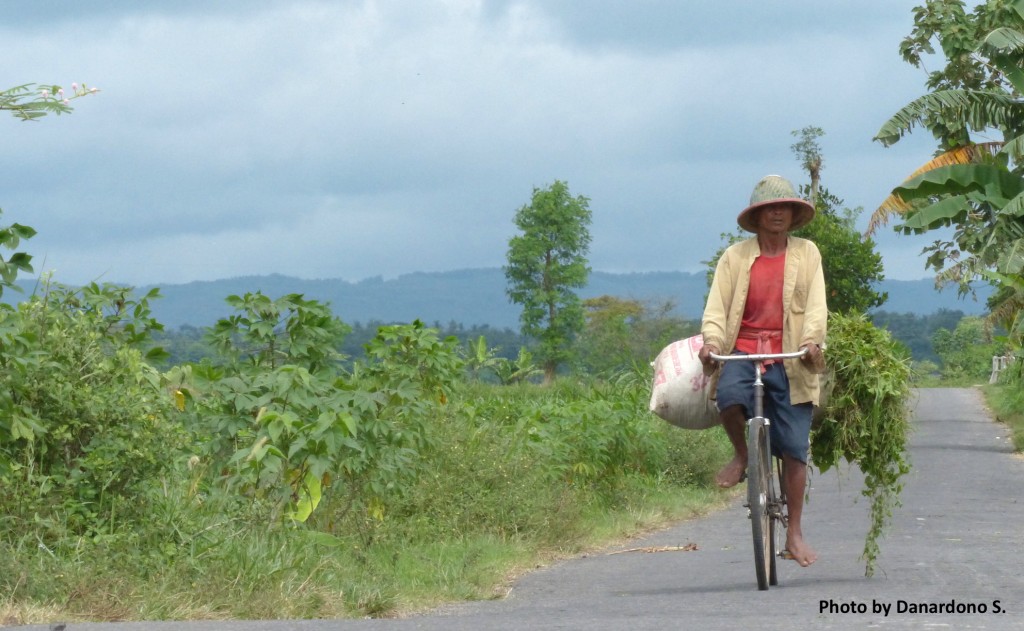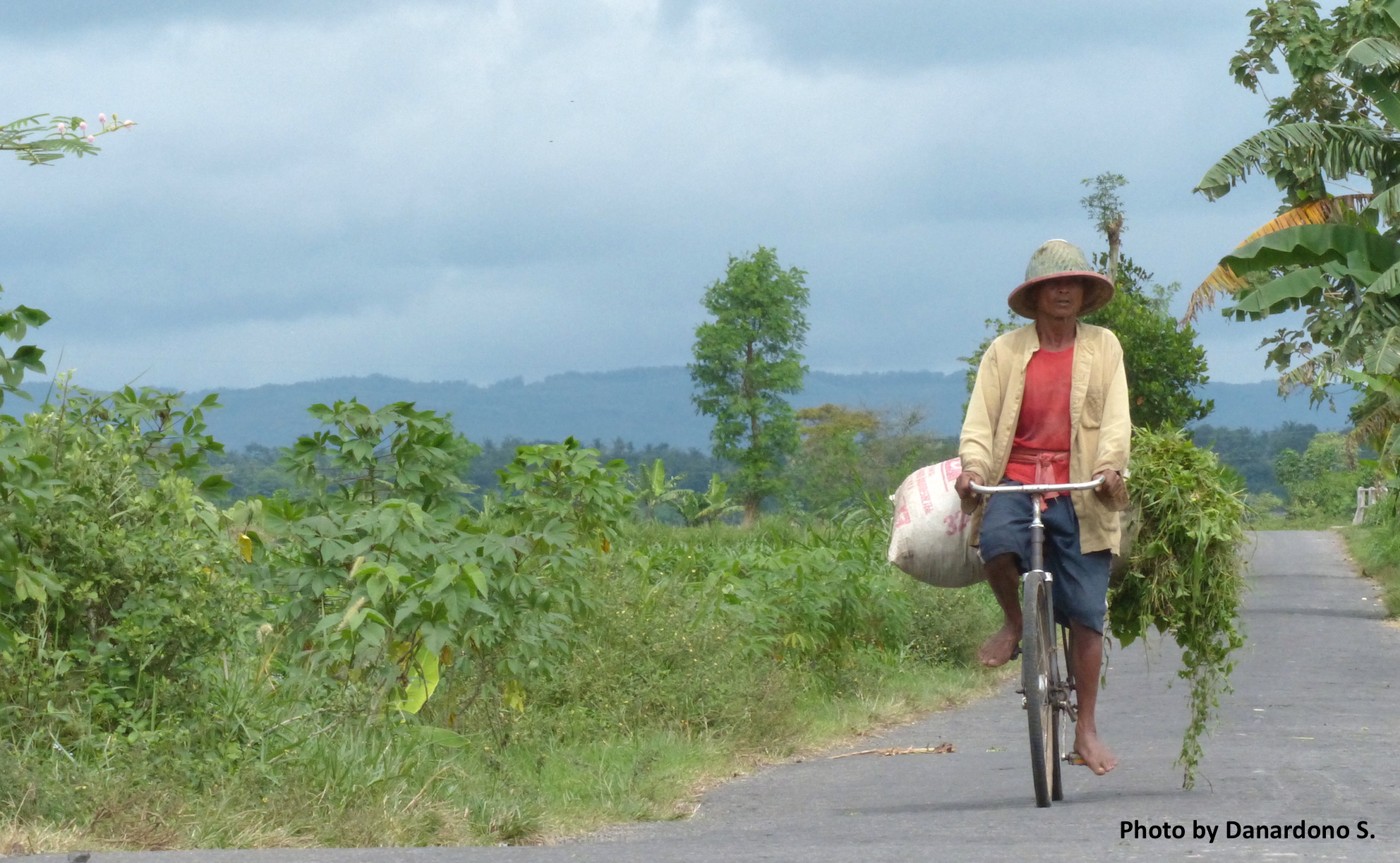
Jakarta, 23 March 2015 – Executive Director of PATTIRO Sad Dian Utomo stated that the Ministry of Villages and PDTT need to prepare a road map (strategy map) to achieve independent village level. The target of 5,000 independent villages in 2015, up to now, still resembles jargon, but has not inspired the enthusiasm of the community to participate in achieving it. This is because the explanation of the measures (indicators) and stages of achieving village independence is not yet operational in nature and instead tends to have multiple interpretations.
At the end of November 2014, the Minister of Villages and PDTT, Marwan Jafar, conveyed to the public about the size of an independent village, including that it must meet the technical criteria for disaster preparedness, meet the requirements for a healthy village with a maternal mortality rate (AKI) and child birth rate (IMR) of 0%, and meets the criteria of 95% of households having electricity. In fact, several of the indicators mentioned are clearly not entirely the authority and responsibility of the village, but are in the hands of the regional and central governments. These indicators tend to fulfill government interests and are beyond the authority and capacity of the village.
“Therefore, PATTIRO proposes six dimensions of village independence indicators, which are derived from field policies and practices based on derivative functions of village government,” added Sad Dian. The six dimensions of these indicators are management of basic services, management of administrative services, providing basic village infrastructure, strengthening economic institutions, strengthening social institutions, and the ability to formulate regulations in a participatory, transparent and effective manner.
To realize conditions of independence in these 6 dimensions not only requires reliable village government capabilities, but also strong leadership from the village government. Learning from the success of developing villages in other countries, it requires enthusiasm with village residents to develop their villages in order to create better village social conditions and be able to get out of poverty. In Saemaul Undong, South Korea, for example, they prioritize strengthening the spirit, behavior and attitudes of village residents, so that they have the confidence to be able to help themselves, foster social trust and close cooperation with strong social capital. Independence also requires improvements to the surrounding environmental system. On the other hand, the introduction of knowledge and technology to produce agriculture is also urgent, most recently in the provision of infrastructure for the use of technology.
The strategic agenda and priorities need to be prepared systematically in a road map towards village independence. Not only because of the limited resources available both within the village itself and resources from outside. This road map is needed so that the target of independent villages is achieved effectively and sustainably. The road map also functions to guide the village government and parties who have a concern for the village to strengthen village development initiatives. The road map towards village independence is also useful for mobilizing community enthusiasm to participate in achieving village independence.





